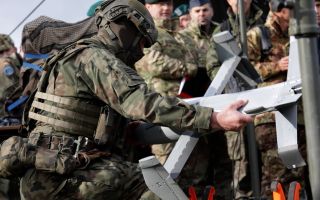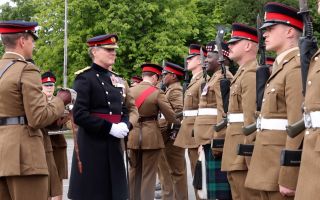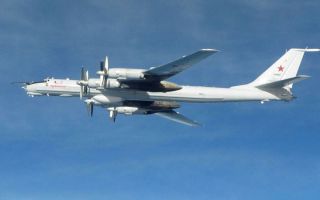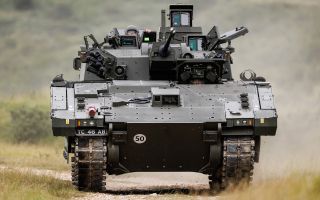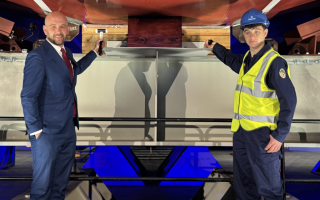WATCH: How These Poppy Pins Containing WW1 Brass Are Made
A limited edition poppy pin has been commissioned to commemorate the centenary of Passchendaele.
Sixty thousand and eighty-three British soldiers fell during the battle, and that’s the exact number of pins being made and sold.
The makers have gone to extraordinary lengths to create a lasting tribute.
In the small Birmingham workshop, wax moulds are the template for a limited edition poppy pin, commemorating the Third Battle of Ypres.
There’s no factory line here, everything is done meticulously by hand.
The finished wax moulds are used to make a plaster cast of the poppy pins.
When the metal work begins blocks of brass are heated up to around 800 degrees.
The brass is taken from the fuses of World War One shells, which dropped on the battlefields of Belgium one hundred years ago.
Poppies are transformed from a rough cast to a highly polished lapel pin. Enamel is applied, to add a splash of colour.
Passchendaele was one of the largest battles of the First World War, with devastating casualties on both sides. 60,083 British soldiers were killed.
60,083 poppy pins have been made, to ensure every one of those who made the ultimate sacrifice is remembered.

